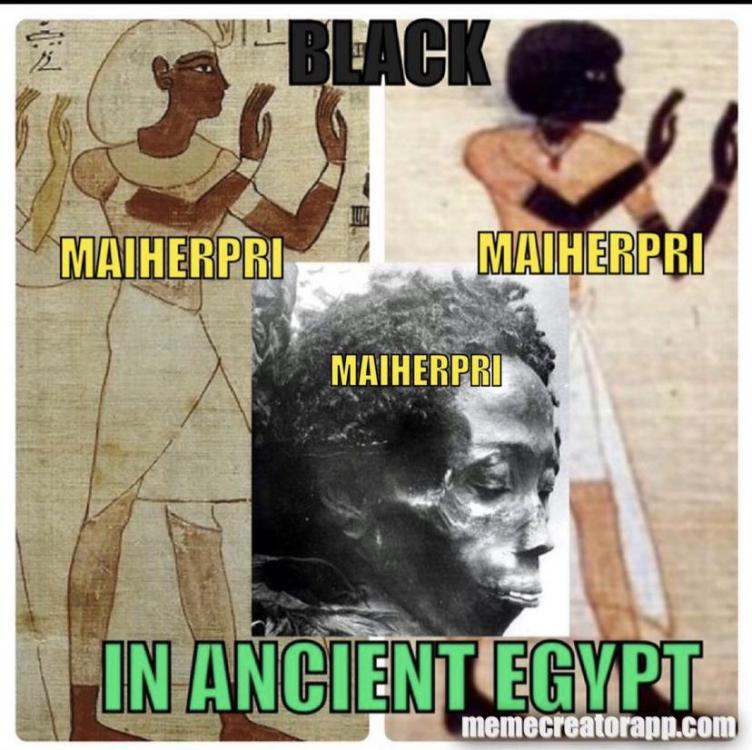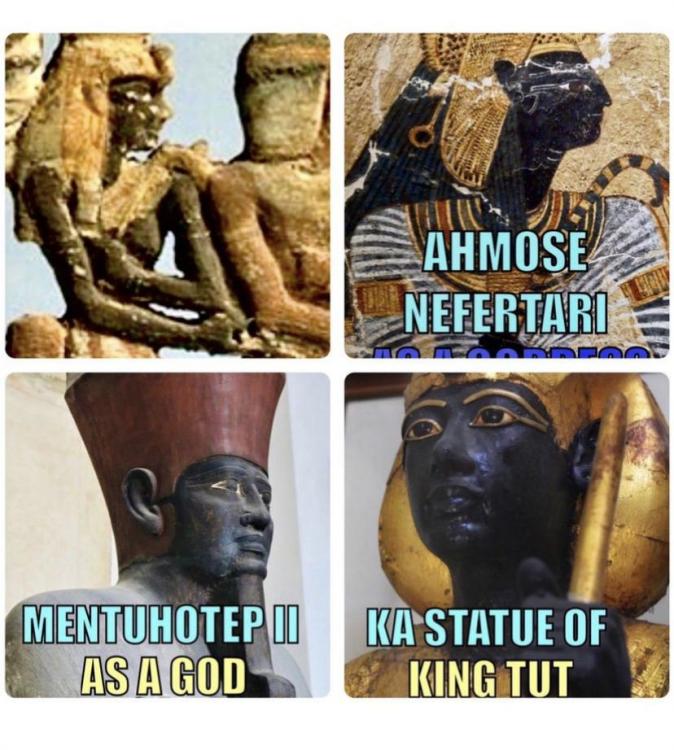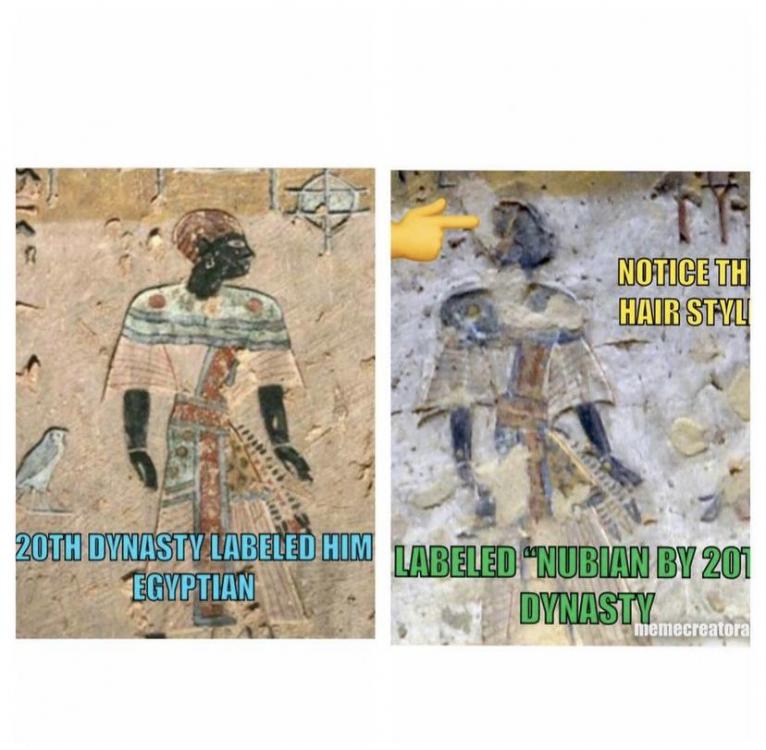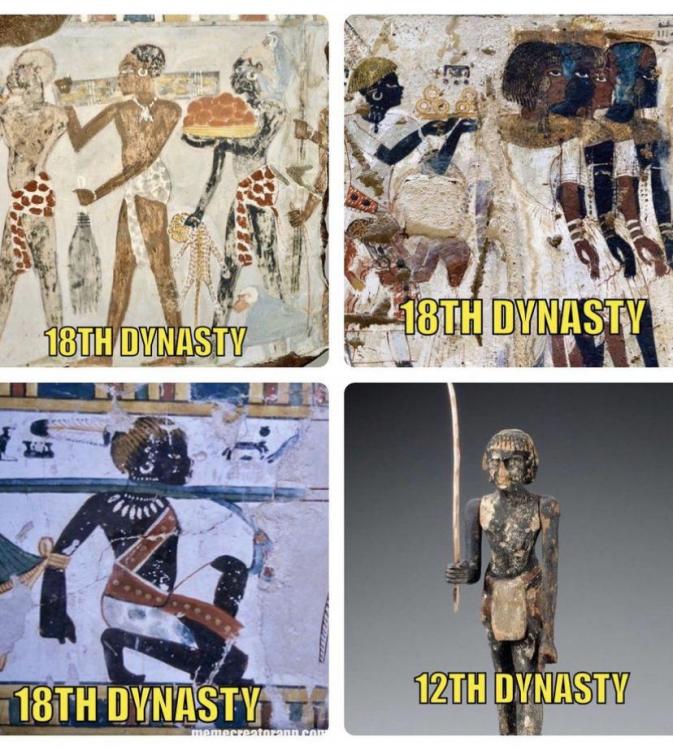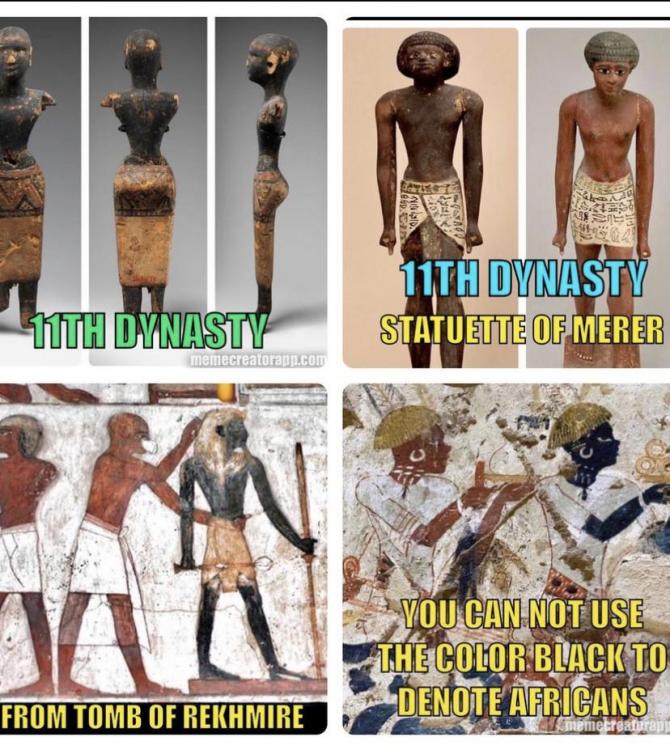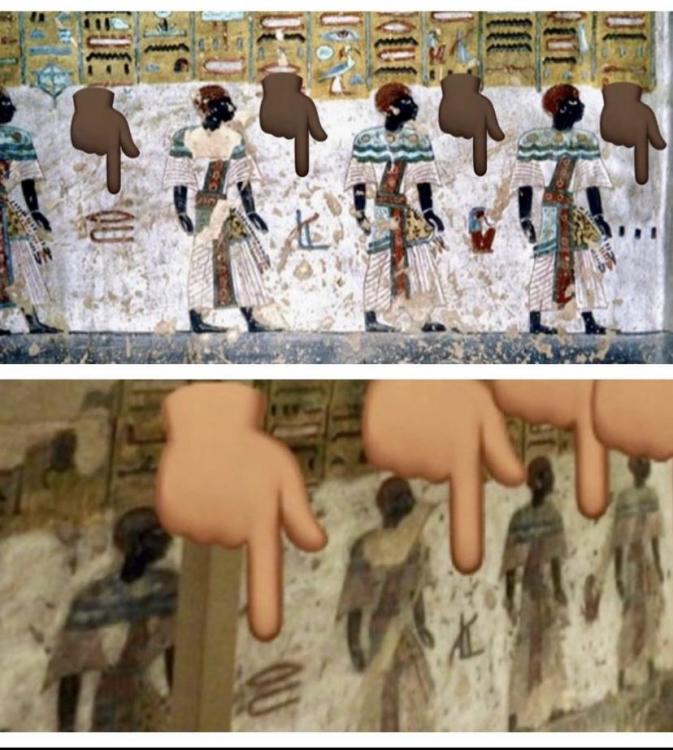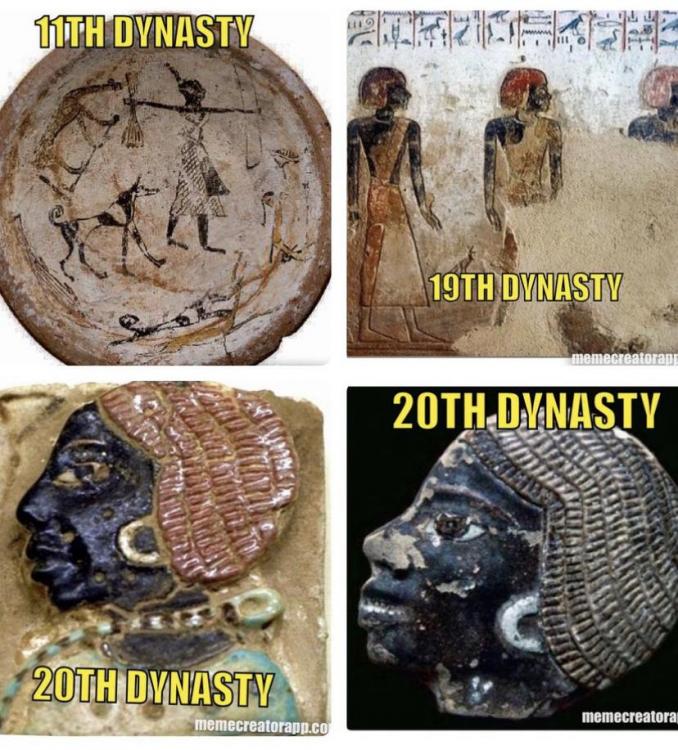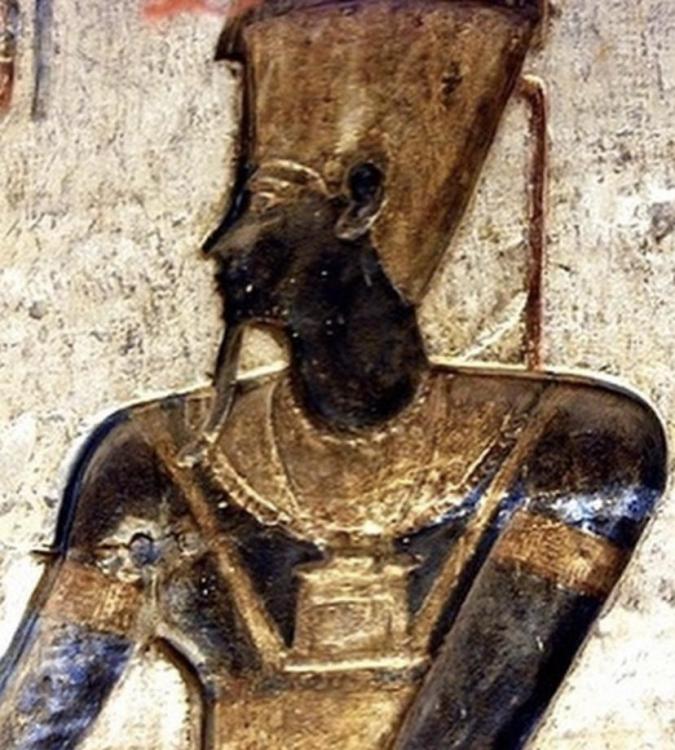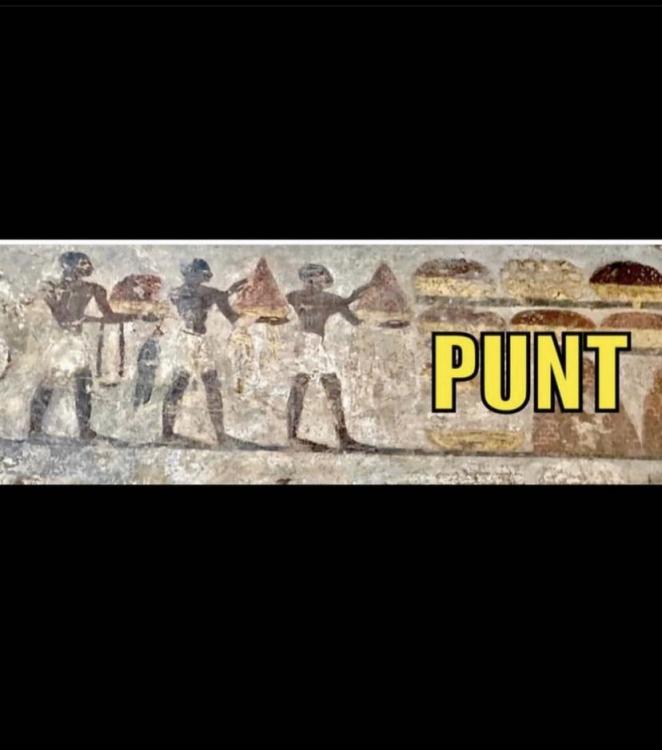
Mentuhotep
Community Members-
Posts
20 -
Joined
-
Last visited
Recent Profile Visitors
The recent visitors block is disabled and is not being shown to other users.
Mentuhotep's Achievements

Discens (2/14)
3
Reputation
-
The Kingdom of Kush: A proper introduction [Illustrated]
Mentuhotep replied to Sundiata's topic in Official tasks
As I said, if you are still confused it means perquisites are missing... PERHAPS, I might just start my own forum on this. perhaps. Then you may criticise the work I have not even yet presented...- 1.040 replies
-
- 1
-

-
- civ profile
- history
- (and 5 more)
-
The Kingdom of Kush: A proper introduction [Illustrated]
Mentuhotep replied to Sundiata's topic in Official tasks
@Genava55Attacking me at the very end, knowing I am not going to be making further post is low.... You are very cunning... I will admit I sometimes will not respond to something knowing its redundancy and simply leave it to myself - to explain the nuance of genetic testing in the new kingdom requires the prerequisites which I am not obliged to give (it is assumed knowledge) it is very lengthy...- 1.040 replies
-
- civ profile
- history
- (and 5 more)
-
The Kingdom of Kush: A proper introduction [Illustrated]
Mentuhotep replied to Sundiata's topic in Official tasks
The 24th hour has arrived... as a side note this is not simply an ideology. I did not begin to study Egypt based on their ethnicity but it was something I could never shake off when I started my study at 30,000BC and worked my way down into pharonacy. As for the term "Blackwashing" I highly despise it, as it attempts to belittle valid points that need to be more discussed in Academia and acts as a brush off to to someone presenting their information which is disrespectful. Hopefully in the future we can all begin to be open minded and battle misinformation together, as we are still going off varied interpretations of the early archeologists (even if you may not know it)- 1.040 replies
-
- civ profile
- history
- (and 5 more)
-
I will leave my information up for 24 hours before I delete my posts - just incase people want to further critically research what I have postulated instead of blindlessly dismissing it.
- 31 replies
-
- civ profile
- history
- (and 5 more)
-
.
- 31 replies
-
- civ profile
- history
- (and 5 more)
-
I did say and I quote "I was going to present my research regarding the ethnicity of the ancient Egyptians but I realize this is not the thread for that (As this is about Kush). And knowing now this game is based around the time period of 500 BC onwards. My information is based on 3 thousand years before that during the predynasty and old/middle kingdom. it is redundant to this topic". But after being asked to present sources for my claim, that is exactly what I did. I have also studied extensively on Kush and will maybe add some info on that. However, before I leave, I will lastly leave my research on the Heminunu statue which you have posted you so you have idea about what goes on in academia - this is not related to Kush but why reject knowledge? We're all on this path. I must say I am also surprised and disappointed to the replies I received following the research I posted. "We waz kangz". Where is this coming from, from people who say they are historians? The research I posted is valid and was awaiting academic criticism. But it seems my points were too valid to have an argument against and must result to ad hominem attacks "Are you sure you want to continue this shameful exhibition of your ignorance and fanaticism?". But as I said, I will leave this forum after lastly addressing the Heminunu statue. Thank you all.
- 31 replies
-
- civ profile
- history
- (and 5 more)
-
Black in ancient egypt In ancient Egypt, black (km) was created from carbon compounds such as soot, ground charcoal or burnt animal bones. Black was a symbolof death and of the night. Osiris, the sovereign of the afterlife, was called "the black one", alluding not only to his role in the underworld, but also to his resurrection after he was murdered (Robins 2008). One of the few real-life people to be deified, Queen Ahmose-Nefertari was the patroness of the necropolis, and she was usually portrayed with black skin. The black images of the queen embody the concept of regeneration, as the fertile ancestress of the royal line of the eighteenth dynasty (Manniche 1970:11–19; Robins 2008). Anubis, the god of embalming, was shown as a black jackal or dog, even though real jackals and dogs are typically brown AnubisAs black symbolized death it was also a natural symbol of the underworld andresurrection. Unexpectedly perhaps, it could also be symbolic of fertility and even life. The association with life and fertility is likely due to the abundance provided by the dark, black silt of the annually flooding Nile. The color of the silt became emblematic of Egypt itself and the country was called the "Black Land" (Kmt) from early antiquity (Mathieu 2009: 26-27). On the other hand, black is associated withchaos and enemies, so men to the south of Egypt ( this does not mean that men in Egypt were not African, this is a nationality thing )were SOMETIMES depicted by black skin, which did not denote their race because they were also depicted red (see previous post). Nevertheless, the rest of the foreigners of Egypt, were depicted by yellow skin ( not consistent because they were also painted red) symbol of caution and danger. In the later Macedonian and Ptolemaic periods black stones were used almost exclusively for magical healing statues. Notice the Maiherpri picture. The papyrus with the black drawing of him was found and now people mindlessly regurugitate he is of "Nubian" origin. But I can guarantee 99% of people have not seen the other papyrus drawing of him. This is what I'm talking about selective images only being shown to present a certain narrative (there is way too much of this happening and it makes you wonder if people have no shame whatsoever) (important) Things in Ancient Egypt were not consistent throughout all dynasties, take this into consideration when view the post - therefore whenever anyone says the ancient egyptians did this and did that, remember they are over 3000 years of history and you must be specific as to which dynasty and pharoah The first picture alone should tell you that black did not represent RACE. For those who use your modern concept of color in art and apply it to Ancient Egyptian art, you may want to stop.
- 31 replies
-
- civ profile
- history
- (and 5 more)
-
Proverbs 26:4-5
- 31 replies
-
- civ profile
- history
- (and 5 more)
-
.
- 31 replies
-
- civ profile
- history
- (and 5 more)
-
.
- 31 replies
-
- civ profile
- history
- (and 5 more)
-
.
- 31 replies
-
- civ profile
- history
- (and 5 more)
-
.
- 31 replies
-
- civ profile
- history
- (and 5 more)
-
.
- 31 replies
-
- civ profile
- history
- (and 5 more)
-
.
- 31 replies
-
- civ profile
- history
- (and 5 more)
-
.
- 31 replies
-
- civ profile
- history
- (and 5 more)

